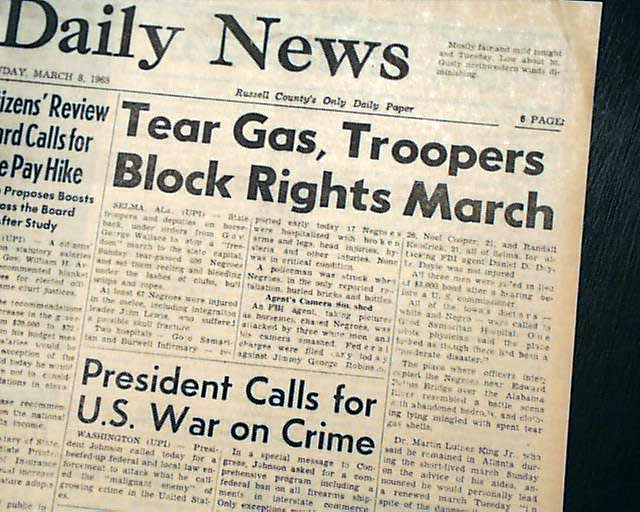
On the steps of the Lincoln Memorial in Washington, D.C., the
African American civil rights movement reached its high-water
mark when Martin Luther King Jr. delivered his "I Have a Dream"
speech to about 250,000 people attending the March on
Washington for Jobs and Freedom on August 28, 1963.
The demonstrators—Black and white, poor and rich—came
together in the nation’s capital to demand voting rights and
equal opportunity for African Americans and to appeal for
an end to racial segregation and discrimination.



















